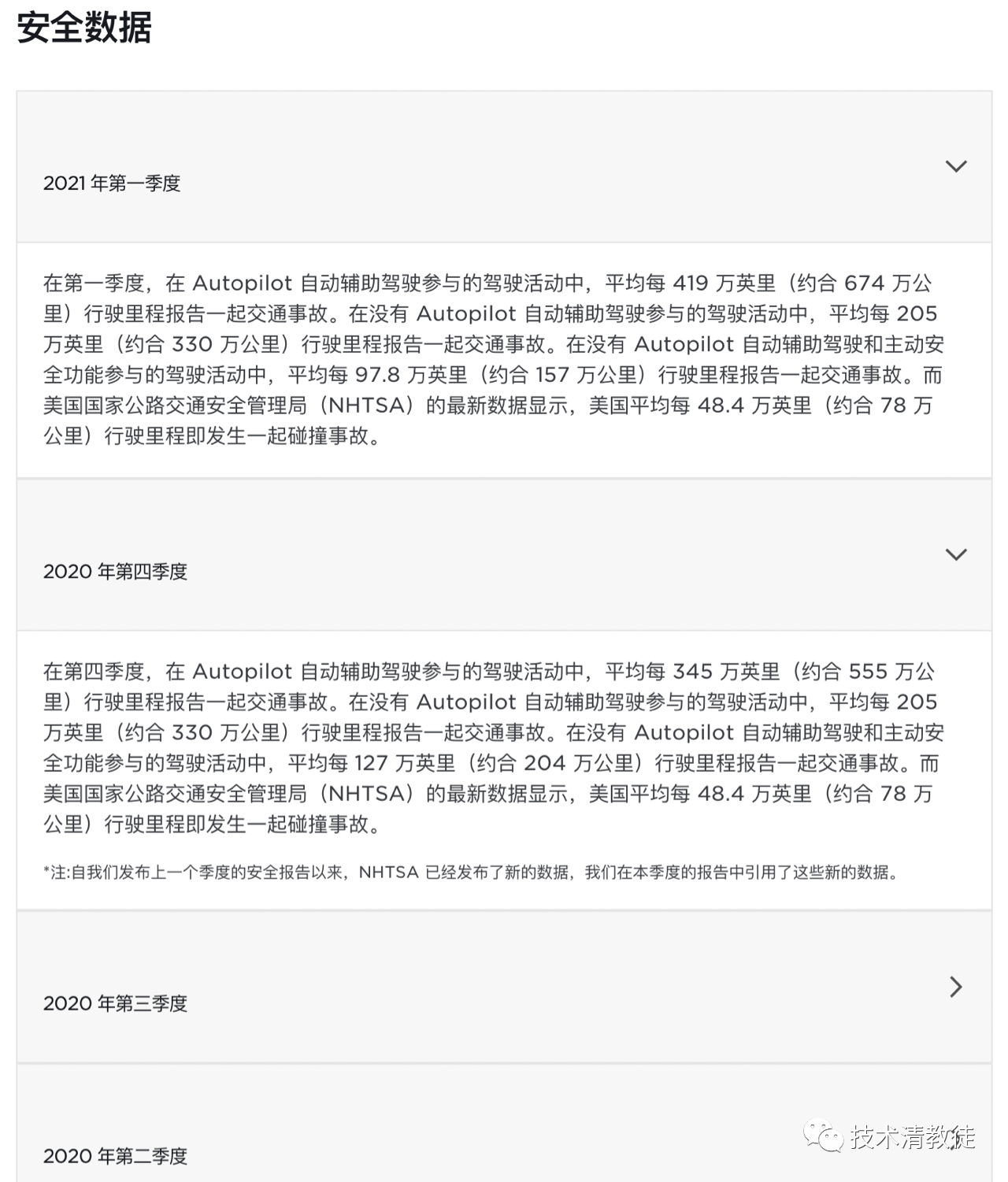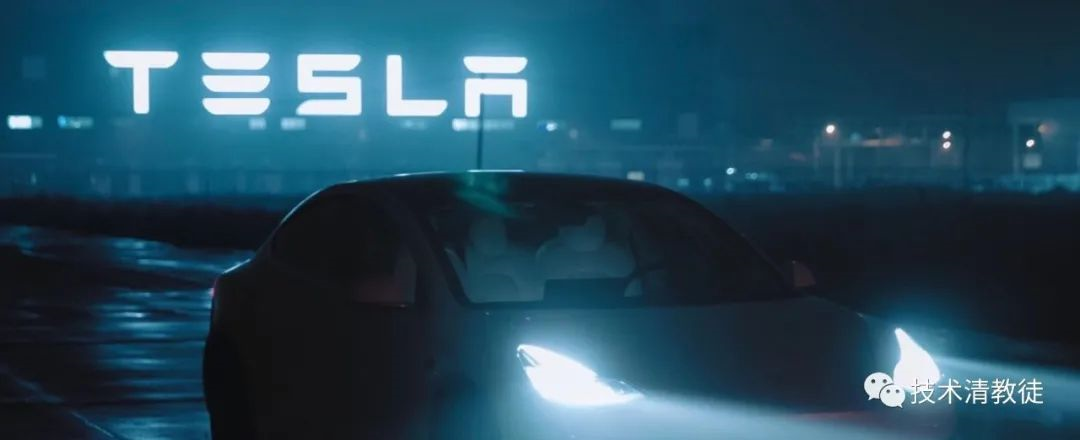Translation:
Article:
Word count: 1,312
Estimated reading time: 6 minutes
If you haven’t read the previous articles, it is recommended that you read the first three articles, “Why I Continue to Be Bullish on Tesla – (Part 1), (Part 2), (Part 3)” in order. Each article is related to the facts and analytical logic and helps to understand the content of this article.
Why I Continue to Be Bullish on Tesla – (Part 1) Methodology new
Why I Continue to Be Bullish on Tesla – (Part 2) Quantitative Product Data new
Why I Continue to Be Bullish on Tesla – (Part 3) Priority Analysis of Product Design new
In the previous article, we mainly used the method of sorting data of existing products on the market and focused on analyzing the priority order of various aspects considered by Elon Musk and the Tesla team in product design. The conclusion drawn was arranged in descending order by priority: safety, energy consumption, practicality, performance, and finally price (cost).
With this priority order, let’s analyze Tesla team’s values, goals, thinking, and work methods.
First, safety.
As mentioned before, Tesla is the record holder for safety in NHTSA crash tests, and the current four models on sale, the Model 3/Y/S/X, directly occupy the top four positions on the leaderboard. Tesla has been the champion for 8 years and is expected to continue to do so, and then be broken by one of its models, just like in 2018.
However, Tesla does not regard this NHTSA crash test as the ceiling of safety, but believes that the crash test is more like a “test examination.” But there is no exhaustive truth on the path to “pursue the truth.” So, it established a team to optimize and improve collision safety using data, and continued to iterate the collision safety using data from millions of cars on the road.
(Tesla Crash Test Lab)
Does Tesla only stop at this level of emphasis on safety? Of course not.
We have overlooked a safety technology that, in my opinion, is Tesla’s most core technology, without rival, and that is the “Autopilot” technology.
This technology is the new safety ceiling for the future. In fact, the optimization space for traditional safety improvement based on vehicle design is somewhat insignificant compared to the safety space brought by the “Autopilot” technology.
Let’s take a look at why we say that Tesla’s “Autopilot” technology is the new safety ceiling?
Tesla releases safety data for its existing fleet every quarter, listing the accident mileage data for “Autopilot-involved driving,” “non-Autopilot-involved driving,” “non-Autopilot, no active safety feature-involved driving,” and “traditional vehicles.”

For ease of understanding, I converted the data into the number of traffic incidents per million kilometers:
- “Autopilot-involved driving” – 0.14 times
- “non-Autopilot-involved driving” – 0.3 times
- “non-Autopilot, no active safety feature-involved driving” – 0.63 times
- “traditional vehicles” – 1.28 times
The first priority for improving safety is to avoid collisions, after which it is about ensuring personnel safety after collisions. Here, it can be clearly seen that using one more active safety technology can reduce more than twice the number of traffic accidents.
Therefore, it is true to say that Tesla’s “Autopilot” technology is the new safety ceiling, as seen from the data.
So, why can “Autopilot” technology drive vehicles more safely? To understand this, we need to understand Tesla’s core technology.”Autopilot” is actually a self-developed automatic driving technology by Tesla, which is not yet fully mature. Currently, the vehicle can only use assisted driving and active safety technology.
The technology mainly consists of automatic driving chips, cameras, mmWave and ultrasonic sensors. The kit can refresh 36 times per second, which is less than 30ms to refresh the environment data and make a decision.
Compared with human drivers, the advantages of “Autopilot” technology are mainly in the following three aspects:
Firstly, there are a total of 8 cameras in front, rear, left and right of the vehicle, which can truly see in all directions.
Secondly, Autopilot’s response time of 30ms is 7-14 times faster than that of human drivers, which is 200-400ms.
Finally, it does not get distracted and never gets tired.
These three points are the underlying logic that Autopilot can have a higher probability of avoiding “encountering” traffic accidents.
Therefore, this actually fully embodies Tesla’s team value of “safety first” and the goal is to make the vehicle more intelligent and safer.
This article is a translation by ChatGPT of a Chinese report from 42HOW. If you have any questions about it, please email bd@42how.com.
